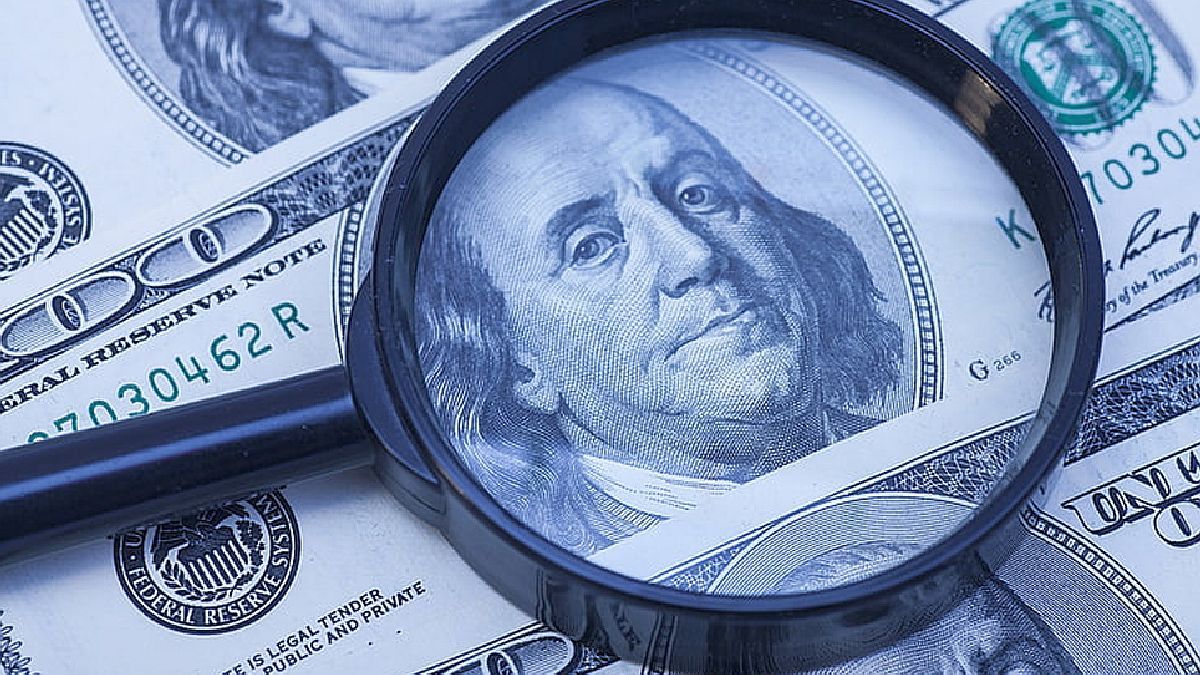In this scenario it is good to visualize the interest rates In force in the market, the 103-day bill rate stands at 118.4% per year, while the inflation-adjusted rate for one bill with a term of 119 days yields 4.9% per year. This would be projecting inflation around 113.5% per year for the rates to equalize.
The government seems determined not to touch the monetary policy rate that is located at 75.0% per year, let us remember that it is the rate with which it remunerates the liabilities of the Central Bank. Non-remunerated liabilities amount to $5.2 trillion, while remunerated liabilities add up to $10.8 trillion and for which a rate of 75.0% per year is mainly paid, this implies an effective rate of 107.0% per year.
The sum of both liabilities gives us $16.0 trillion, which compared to the reserves that closed yesterday at U$S 39,558 million, gives us a balance dollar of $405.
What we see for the next few weeks is a considerable increase in the Central Bank’s liabilities, especially since the government has to raise the interest rate on Treasury bills more and more. to get the market to renew maturities. This implies that, at some point, the Central Bank will have to issue pesos to face maturities or, with said pesos, go out and buy bonds and, in this way, finance the Treasury.
With rates above 110% per year, investors will stay away from peso instruments and will seek refuge in other assets, among which the dollar could be the chosen one.
The MEP dollar at $356.23 registers an annual rise of 73.3%, well below annualized inflation and the increase in the wholesale dollar. On the other hand, it is very far from the tourist dollar that is located at $ 396.50.
In the last two years, inflation was 200.0%, while the MEP dollar rose 147.3% in the same period of time. This speaks volumes about a major delay for the MEP dollar that should be worth more than $400 to match past inflation.
The government remains immersed in a cone of shadows regarding the REPO operation that could contribute dollars to the reserves. This operation will consist of delivering government bonds and in exchange dollars will be received for which an interest rate will be paid. Market versions indicate that a rate of between 12% and 14% per year could be paid and the amount of the operation would be US$ 1,500 million.
At the moment, the only thing we have observed is a drop in the market price of bonds and the government has stopped accelerating their purchase, a disbursement of US$ 1,000 million was expected to buy bonds and everything makes us think that not even US$ 500 million have been invested so far.
In the international market, the scenario is not the best, the Federal Reserve would be willing to continue raising the short-term interest rate, which today stands at 4.75% per year, to levels of 5.25% per year in the next two meetings and, if inflation does not subside, at the meeting on June 14 it could rise to 5.5% per year. Very bad news for Argentina.
Agricultural raw materials, like all raw materials, began to fall on this news, which is not a good sign for the country, which mainly exports soybeans. The future prices of soybeans in Chicago show an inverse behavior, this implies that they are worth more today than at the end of the year, which heralds drops in the local price.
The government has few reserves and without the possibility of a new soybean dollar before the May harvest, everything suggests a tightening of the stocks, import restrictions and a market for imported products that is positioning itself with a dollar of $356 , when in truth it should work smoothly on a $200 dollar. More inflation in the offing.
conclusions
. – The government does not get long-term financing, yesterday it held a tender in which 91% of the money obtained will expire before the presidential elections.
. – The interest rates of the products placed have crossed the 100% annual barrier. For February, if we repeat the inflation of January, inflation will climb to levels of 101.3% per year.
. – The alternative dollars are below the price of the tourist dollar and have increased less than the inflation of the last 12 and 24 months, with which the rise, sooner or later, will be inexorable.
. – The fixed term interest rate is 6.25% per month, just above inflation of 6.0% per month, this means that fixed terms are no longer attractive. On the other hand, food increases at a rate of more than 100% per year, which makes it more convenient to collect a supermarket purchase than to make a fixed term.
. – The market is waiting for Sergio Massa to get more rabbits out of his hat, however, the drought and lack of dollars could play a trick on him. There is a red alert about a possible outbreak of avian influenza, this could affect the supply of chicken meat, which would boost beef and pork meat, this goes directly against the price index, which would clearly complicate the plans of the government.
. – The bond market is taking a break from rising, this could infect the stock market, we are in a market impasse. In the long term we are bullish on bonds and stocks, perhaps the decline is a good time to buy. You have to be patient, the markets are preparing a bullish rally for May or June when the presidential candidacies are announced, we have provincial elections with tangible results and the road to the presidential elections begins to be mapped. From March to June we begin stage 1 of the road to the presidential elections, knowing the candidates for the PASO in August, the results of some provincial elections and surveys with a degree of greater realism than the current ones. To the extent that a possible change of government is envisioned, the markets will adjust upwards. Dollarization of portfolios at sight.
Source: Ambito
David William is a talented author who has made a name for himself in the world of writing. He is a professional author who writes on a wide range of topics, from general interest to opinion news. David is currently working as a writer at 24 hours worlds where he brings his unique perspective and in-depth research to his articles, making them both informative and engaging.




